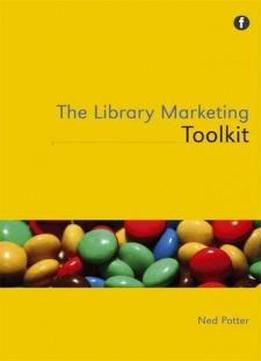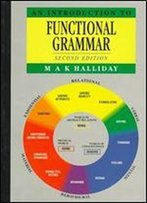
The Library Marketing Toolkit
by Ned Potter /
2012 / English / PDF
1.3 MB Download
Libraries today face competition from online sources, wavering
public perceptions, and increasing user demands, and successful
marketing is critical to their continued success among users,
stakeholders, and society as a whole.
Libraries today face competition from online sources, wavering
public perceptions, and increasing user demands, and successful
marketing is critical to their continued success among users,
stakeholders, and society as a whole.The Library Marketing
Toolkit
The Library Marketing
Toolkit covers every aspect of library marketing and branding
for a wide range of information organizations, including archives
and public, academic, and special libraries. It offers perspectives
from experts and includes numerous international examples, as well
as innovative and practical techniques. Readers will learn about
marketing strategy, essential marketing tools and techniques,
social media, marketing on a budget, library branding, marketing to
internal stakeholders and third parties, marketing special
collections and archives, library advocacy as marketing, and more.
This guide is essential reading for anyone involved in promoting a
library or information organization, as well as LIS students.
covers every aspect of library marketing and branding
for a wide range of information organizations, including archives
and public, academic, and special libraries. It offers perspectives
from experts and includes numerous international examples, as well
as innovative and practical techniques. Readers will learn about
marketing strategy, essential marketing tools and techniques,
social media, marketing on a budget, library branding, marketing to
internal stakeholders and third parties, marketing special
collections and archives, library advocacy as marketing, and more.
This guide is essential reading for anyone involved in promoting a
library or information organization, as well as LIS students.











